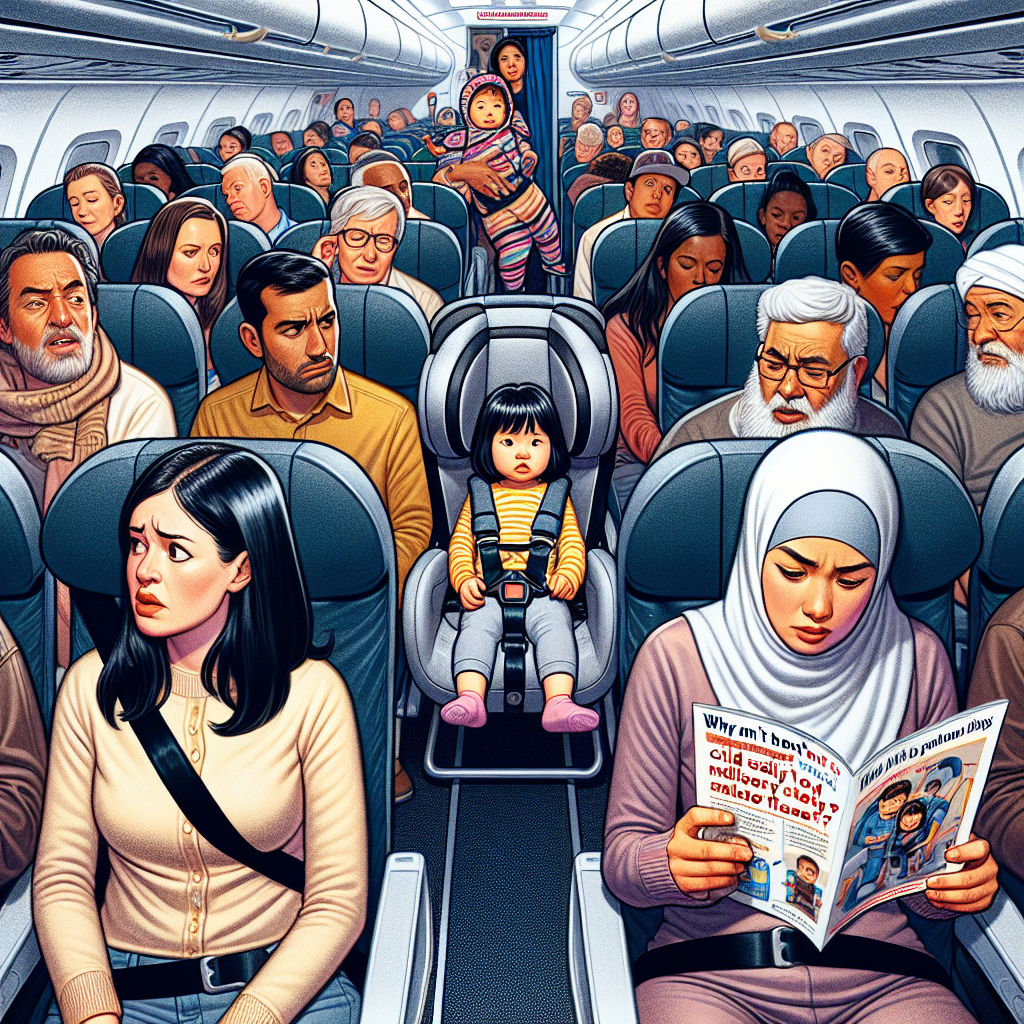Why Aren’t Child Safety Seats Mandatory on Flights?
Why Aren’t Child Safety Seats Mandatory on Flights?
Introduction
Despite the widespread use of child safety seats in cars, their mandatory use on flights remains a topic of debate. This summary explores the reasons behind the lack of regulations requiring child safety seats on airplanes and the implications for child safety.
Current Regulations and Practices
- FAA Guidelines: The Federal Aviation Administration (FAA) recommends but does not mandate the use of child safety seats on flights.
- Airline Policies: Airlines often allow children under two to fly on a parent’s lap, which is a cost-saving measure for families.
Safety Concerns
Experts argue that lap-held children are at greater risk during turbulence or emergency situations. Child safety seats could provide better protection, similar to their role in automobiles.
Economic and Practical Considerations
- Cost Implications: Requiring child safety seats would necessitate purchasing an additional ticket, increasing travel costs for families.
- Logistical Challenges: Implementing mandatory child safety seats would require changes in aircraft seating configurations and additional training for airline staff.
Advocacy and Opposition
While safety advocates push for mandatory regulations, citing enhanced protection, opposition arises from concerns over increased travel costs and logistical hurdles.
Conclusion
The debate over mandatory child safety seats on flights highlights a complex interplay of safety, economic, and practical considerations. While the potential for increased safety is clear, the challenges of implementation and cost remain significant barriers. As discussions continue, balancing these factors will be crucial in determining future policies.








































